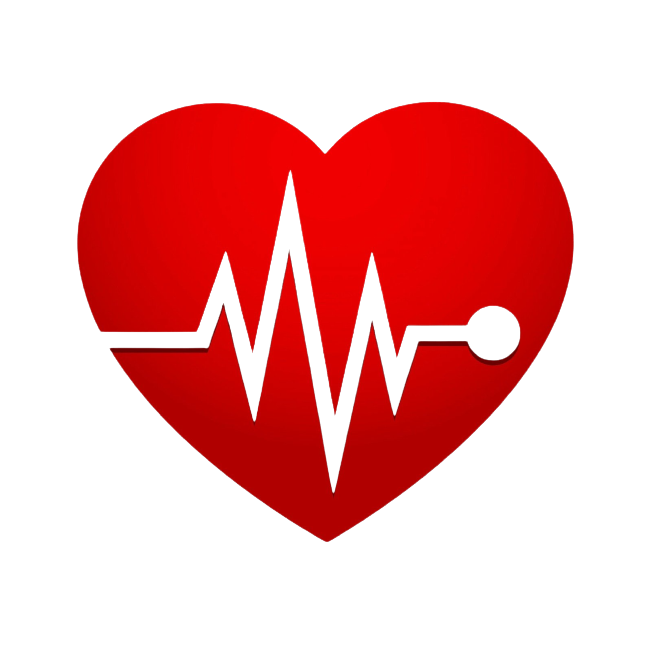Of 9,290 cases studied, bystander resuscitation was only performed in 61.3%.
Bystander use of automated external defibrillators, or AEDs, for witnessed out-of-hospital cardiac arrests remains low despite legislative efforts to improve access to these life-saving devices at recreational facilities across the United States, according to a study recently published in the Journal of the American Medical Association.
Researchers at the University of Texas Southwestern Medical Center and the University of Missouri-Kansas City reviewed how frequently bystanders used AEDs in 9,290 cases of witnessed cardiac arrest at recreational facilities, based on data from the Cardiac Arrest Registry to Enhance Survival (CARES). They further compared the frequency of AED use among states with and without enacted laws requiring the presence of AEDs on site at recreational facilities.
Although 46.8% of patients with out-of-hospital cardiac arrest had shockable heart rhythms, bystander use of AEDs remained low across the country, with only 19% of bystanders using AEDs in AED-enacted law states, and 18.2% of bystanders using AEDs in non-law states, the JAMA study, published Jan. 2, found.
I would argue that most people, who do not have any experience with the medical field, do not know what it is or what is it for.
As a kid we were told to never use them, as an adult we were told to never use them. I understand what an AED is and how to use one but only because my current job trained me…I’m sure plenty of people don’t even know that they’re totally automatic.
I was an EMT years ago and my first instinct would still be to tell someone to call 911 and start CPR. Not to tell someone to find an AED
This is interesting, because when I was in high school, in the early 2010s, we were told in our health class how to use them, particularly the important bit that they’re completely safe, they have vocal instructions telling you exactly what to do, and that they won’t do anything if they don’t detect a need, so you won’t ever unintentionally harm someone.
I can’t say I remember CPR training particularly well, but I do remember that AEDs are easy to use and absolutely the correct call if you need to help someone and they don’t have a pulse.
deleted by creator
If you ever come into a situation where you need to use a defibrillator, just turn it on! Any modern defibrillator has a voice recording guiding you through every step that starts when you turn it on.
On the outreach side, in Germany the first aid courses required to keep your drivers license certainly helps.
I had no idea. Because there is no public outreach.
My wife mentioned the CPR requirement in Germany. Excellent idea imo.





